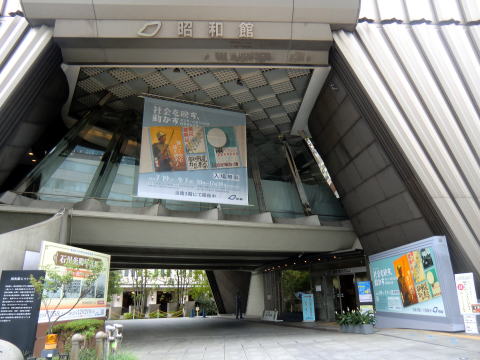
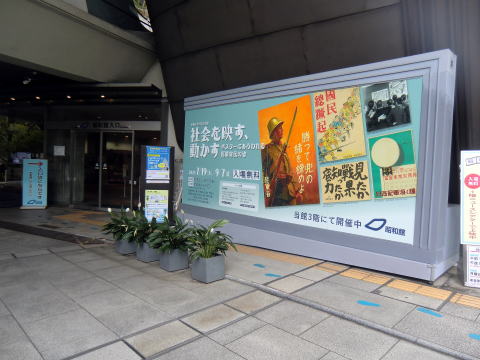
昭和館 =伝えたい戦中戦後のくらし=
昭和館は、日本国民が経験した戦中・戦後(昭和10年頃~昭和30年代)の生活に係る歴史的資料・情報を収集、保存、生活を伝える実物資料等を展示し、労苦を次世代に伝える国立の施設。(千代田区九段南)
Showakan =What we want to convey about life during and
after the war=
Showakan
is a national facility that collects, preserves, and displays historical
materials and information related to the lives of Japanese people during and
after the war (around 1935 to 1950), as well as actual materials that convey
the lives of the people, in order to pass on the hardships to future
generations. (Kudan Minami, Chiyoda Ward)
<戦後80年 特別企画展>
社会を映す、動かすーポスターにあらわれる国策宣伝の姿―
昭和12年(1937年)の日中戦争勃発以降、国民の戦意高揚を図るために国策宣伝が積極的に行われた。当時のポスターを通して、国策とはいかにして視覚的にまた効率よく宣伝内容を印象付けるものとして街中に張られ、新聞、映画、ラジオをとおしてプロパガンダ、重要視されていたかが分かる。
今の時代、ポスターよりもSNSが主流で「切り貼り細工」のように文言をとらえ発信する。真実かどうかを見極めるのが大変だ。デマに振り回されないよう気を付けたいものである。
<80 Years After the War:
Special Exhibition>
Reflecting and Moving
Society—National Propaganda as Revealed in Posters
Following
the outbreak of the Sino-Japanese War in 1937 (Showa 12), national propaganda
was actively promoted to boost the nation's fighting spirit.
Through
these posters, we can see how national propaganda was emphasized, with posters
plastered all over town to visually and efficiently convey its message, and how
propaganda was given importance through newspapers, movies, and radio.
In
today's world, social media is more prevalent than posters, and messages are
often disseminated in a "cut-and-paste" fashion. It can be difficult
to discern whether something is true or not. We must be careful not to be
swayed by false rumors.
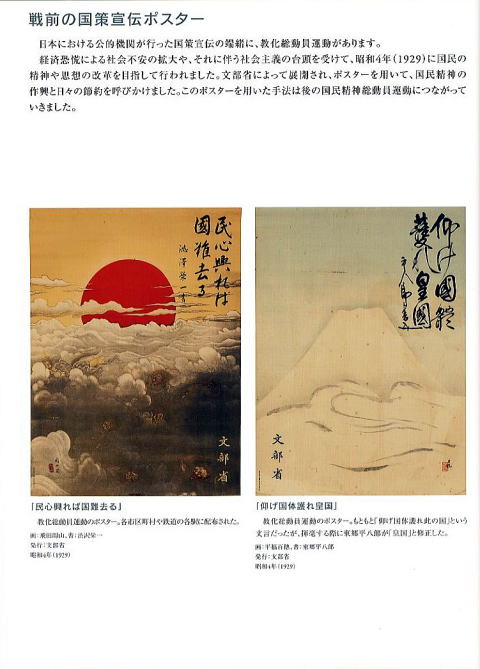
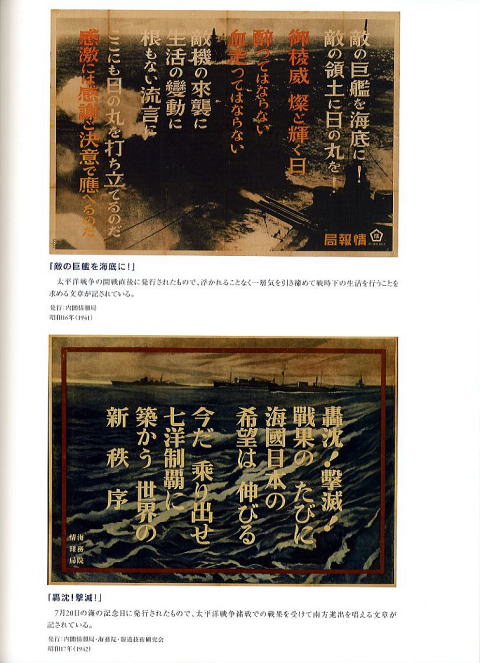
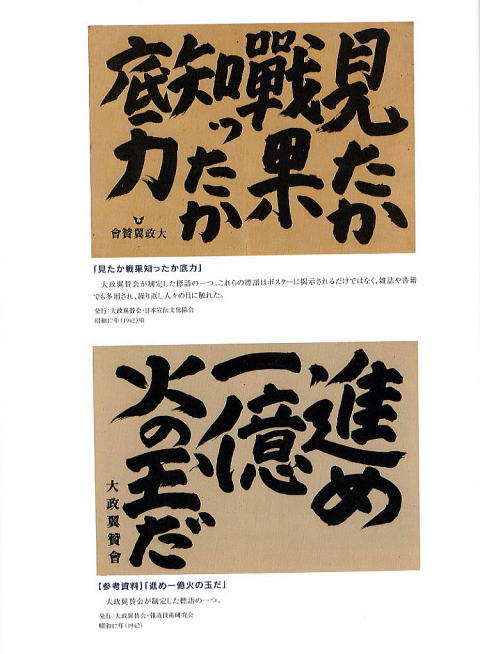
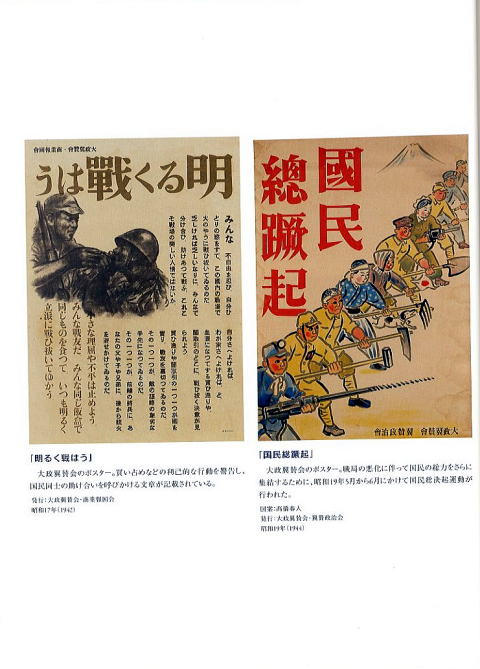
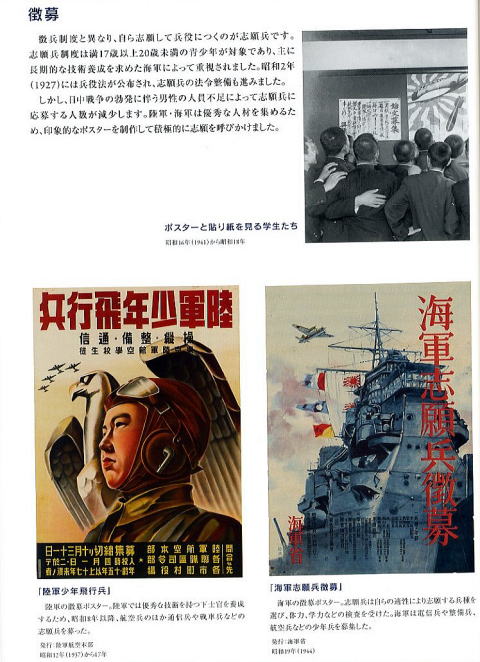

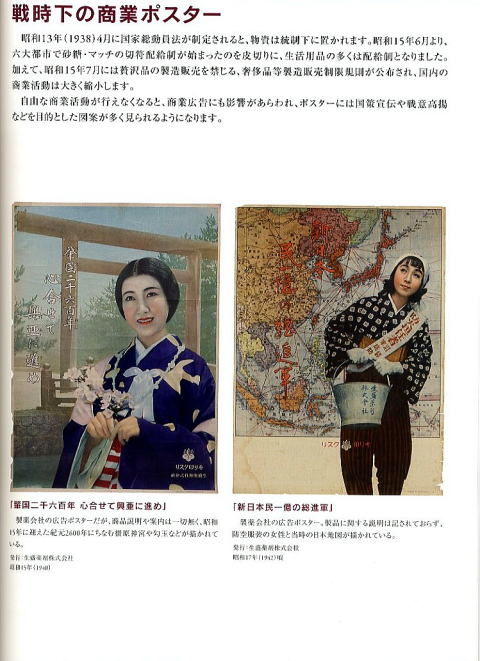

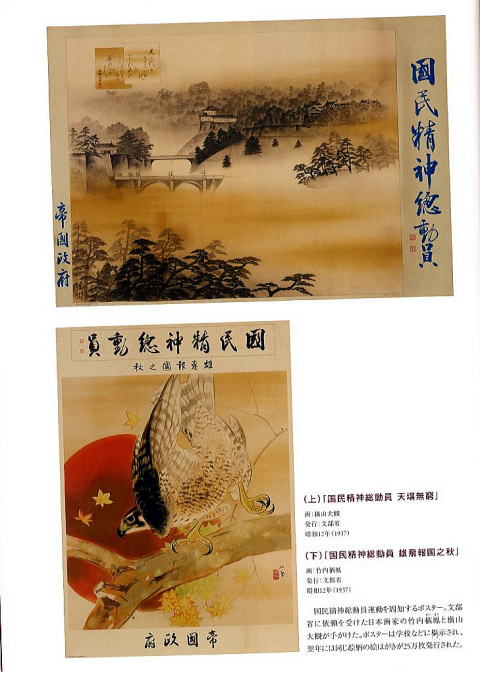
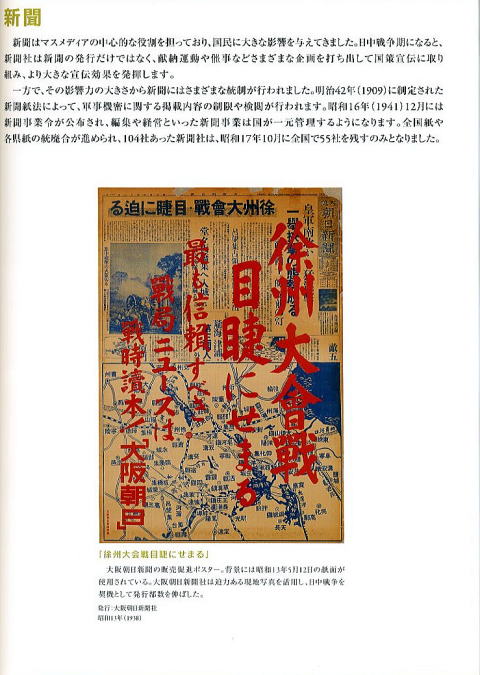
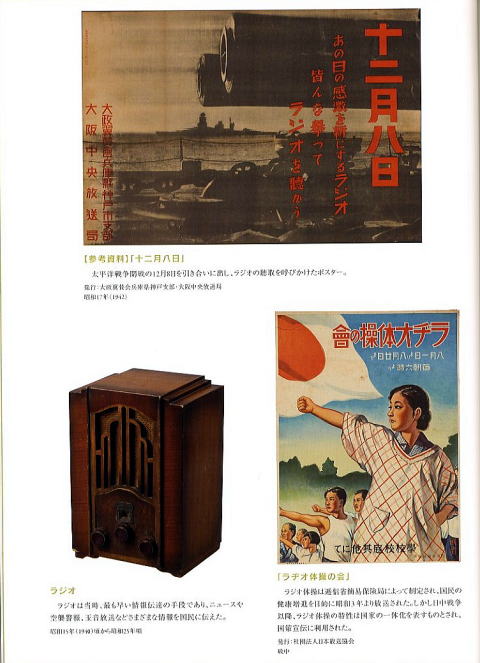
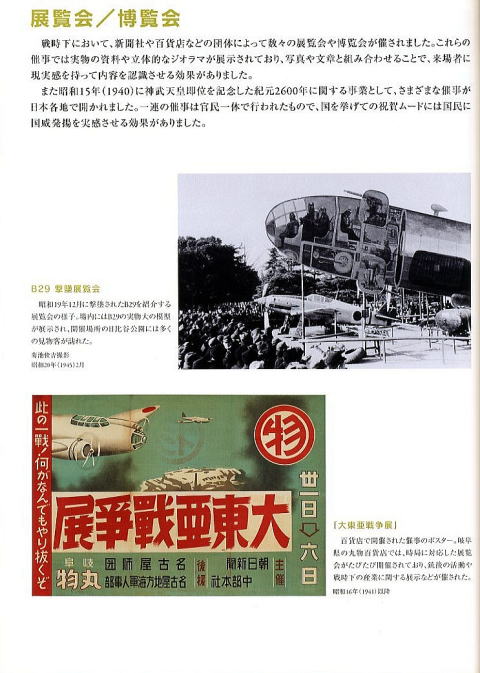
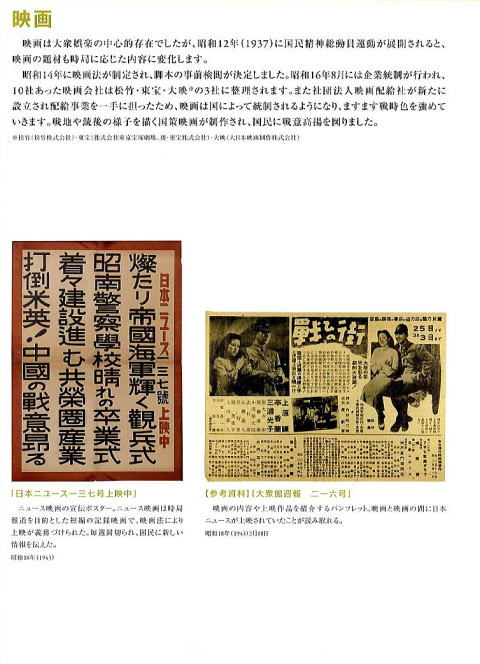
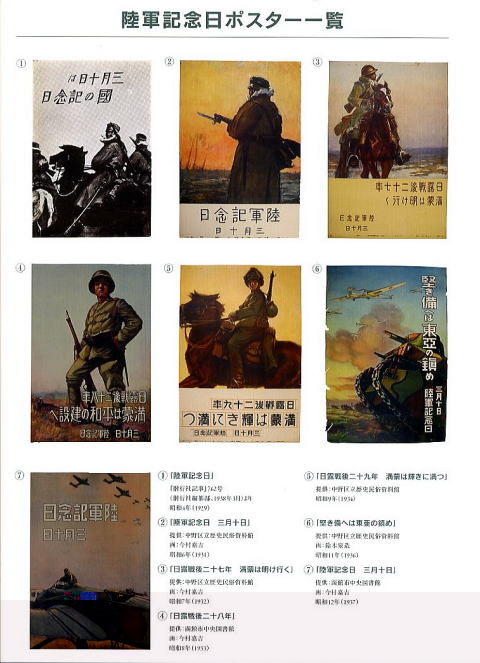
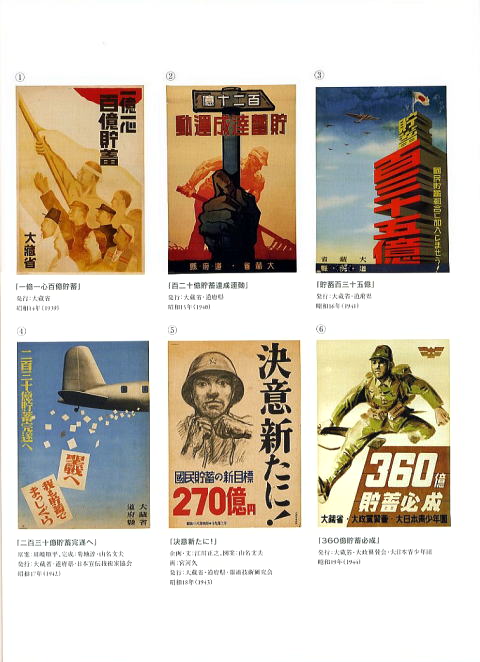
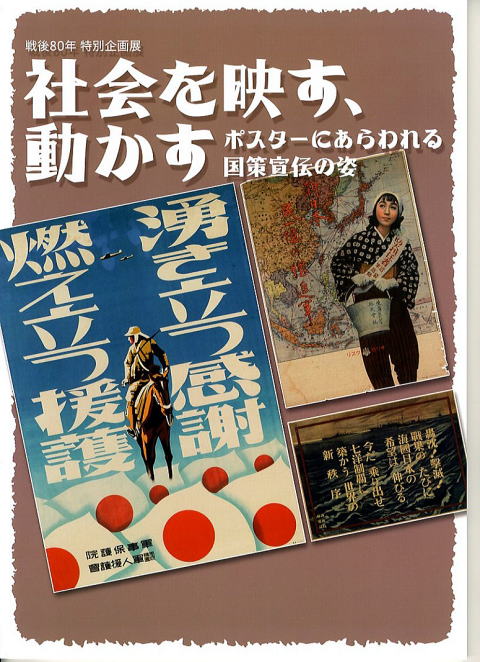
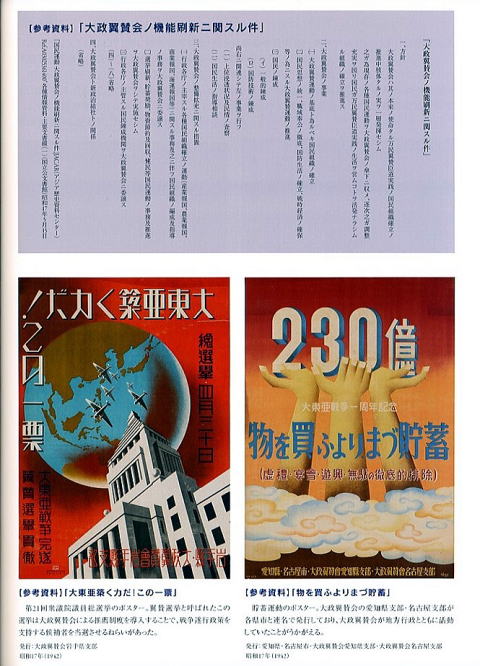

出典:戦後80年 特別企画展 「社会を映す、動かす―ポスターにあらわれる国策宣伝の姿」(冊子)
特別企画展 - 昭和館
昭和館 - 昭和館は、昭和の時代に国民が経験した戦争の記憶を継承し、またその時代の国民生活に係る歴史的 資料・情報を収集、保存、展示し、その労苦を次世代へ伝える国立の施設です。
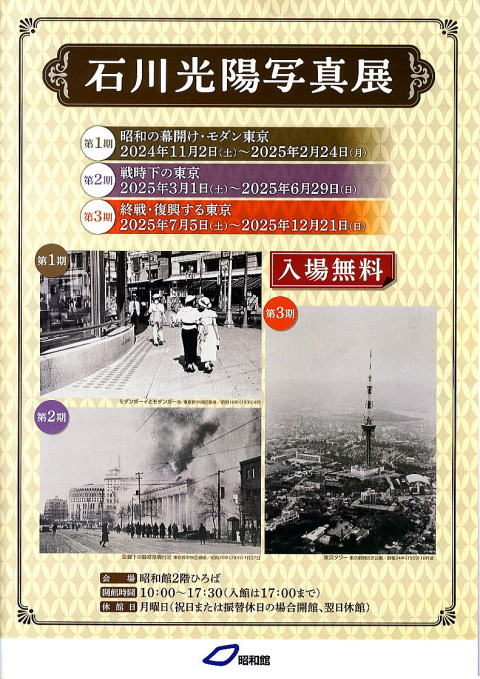
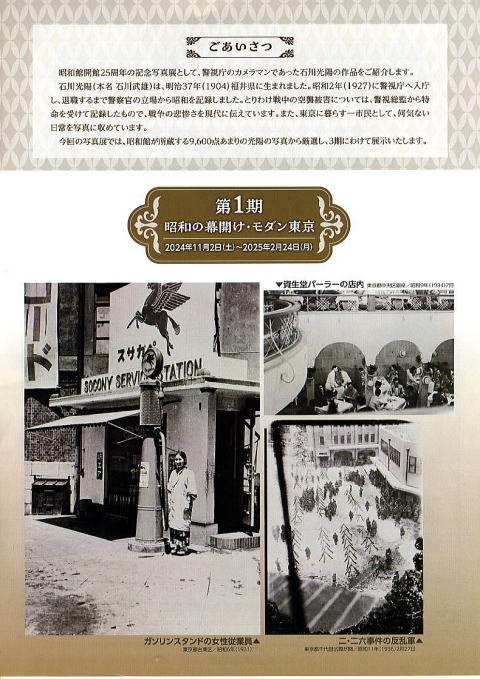

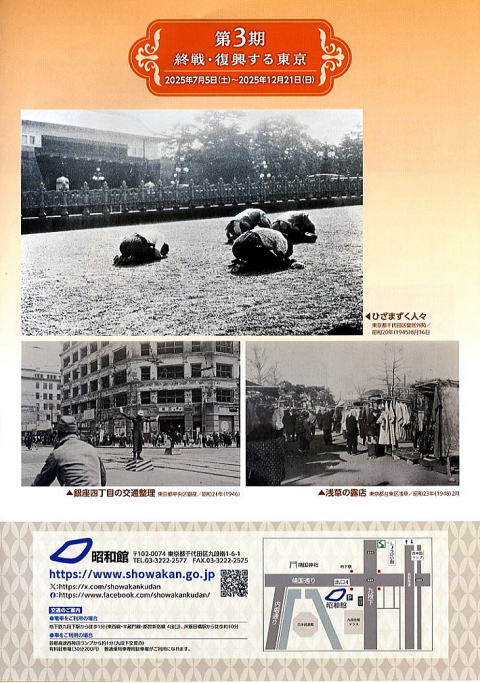
戦傷病者資料館「しょうけい館」 戦傷病者とその家族の労苦を語り継ぐ
戦傷病者とその家族等が戦中・戦後に体験したさまざまな労苦についての証言・歴史的資料・書籍・情報を収集、保存、展示し後世代の人々にその労苦を知る機会を提供することを目的とした国立施設(千代田区九段北)
Shokeikan, a museum for war-wounded and sick people.
Passing on the hardships of
war-wounded and sick people and their families
A
national facility that collects, preserves, and displays testimonies,
historical materials, books, and information about the various hardships
experienced by war-wounded and sick people and their families during and after
the war, with the aim of providing future generations with an opportunity to
learn about those hardships (Kudan Kita, Chiyoda Ward)
戦中・戦後の労苦/戦傷病者と家族の労苦の展示館
Hardships during and after the war/Hardships of war-wounded and sick people
and their familie
<企画展>水木しげるの戦争体験
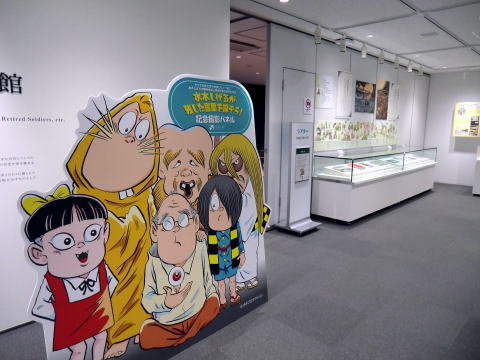
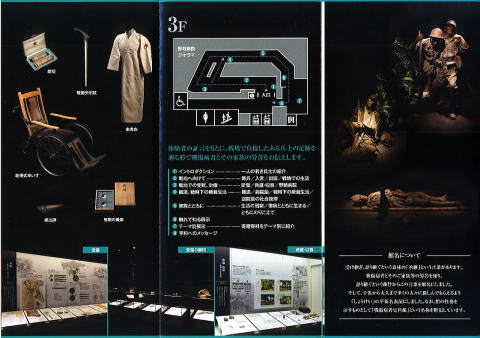
水木氏の描いた作品や言葉をとおして、水木氏の体験した戦争について考えるパネル展が行われていた。
見学者に若い世代も多く、語り繋げることに期待したい展示であった。
<Special Exhibition> Manga Artist Shigeru
Mizuki's Wartime Experiences
A
panel exhibition was held to consider Mizuki's wartime experiences through his
works and words.
Many
of the visitors were from the younger generation, and it was an exhibition that
we hope will continue to pass on to future generations.
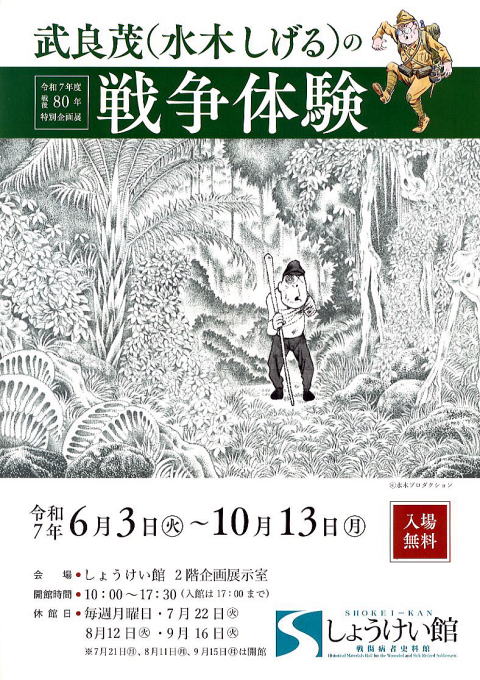
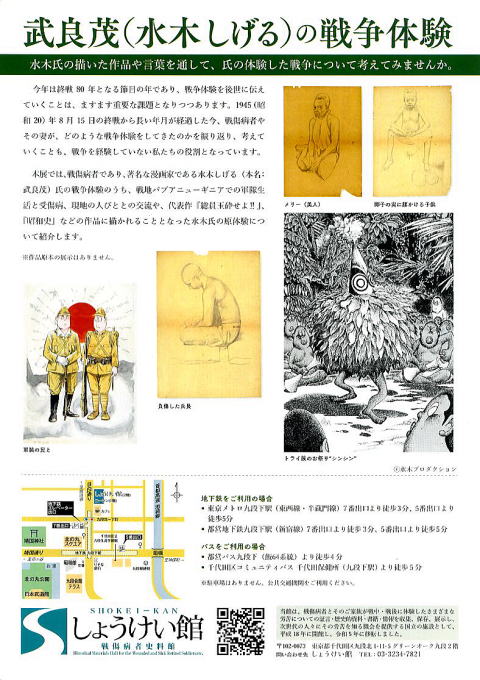
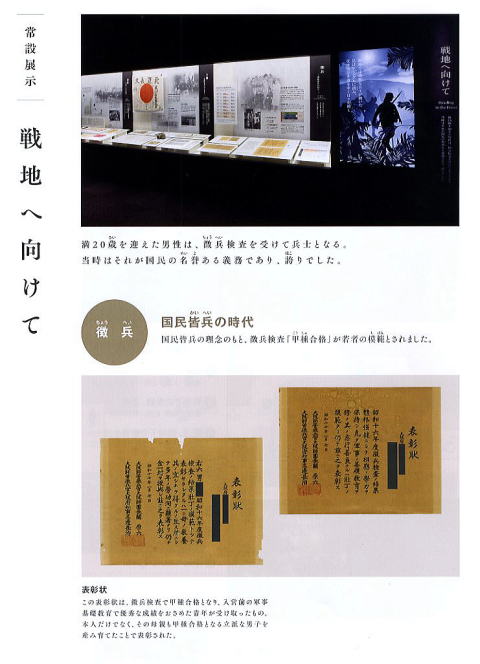
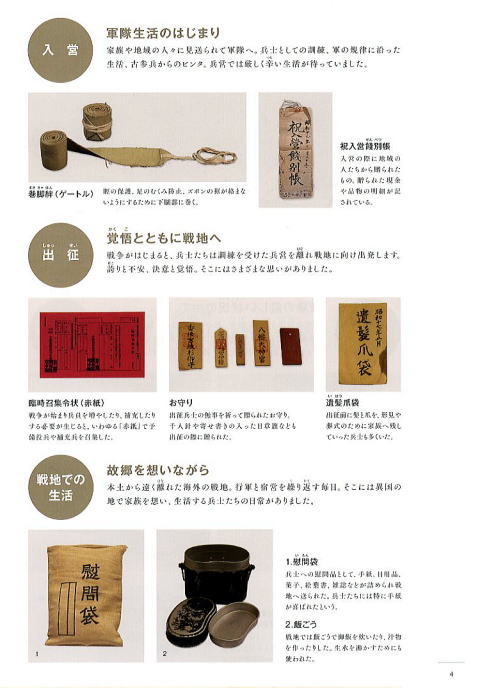
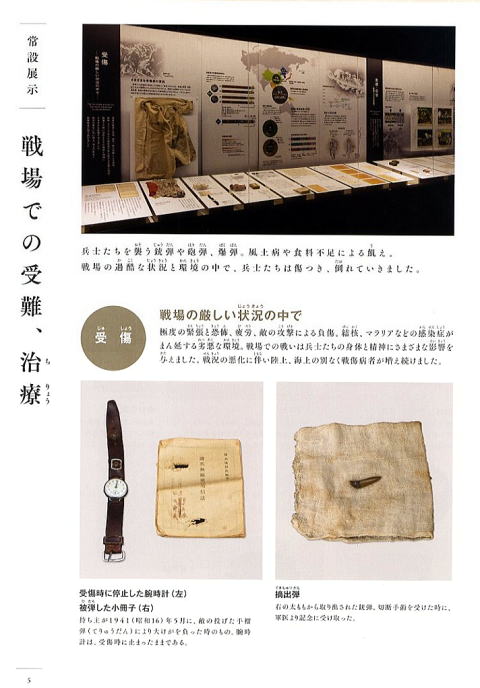
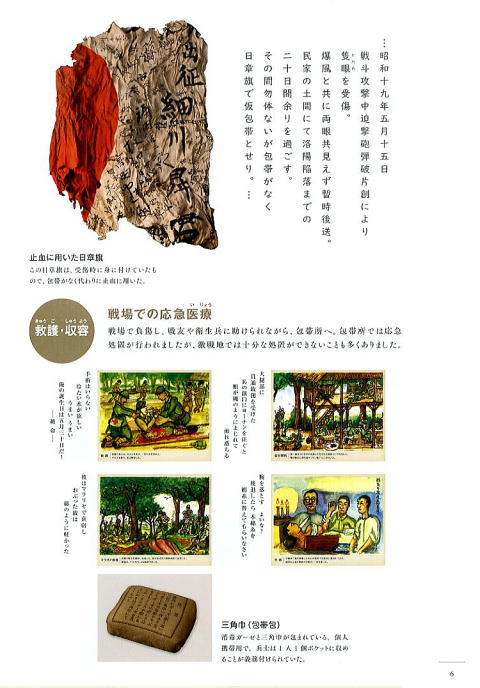
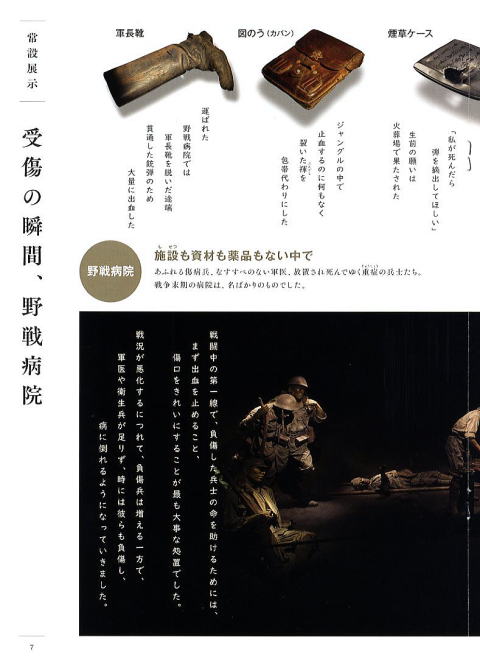
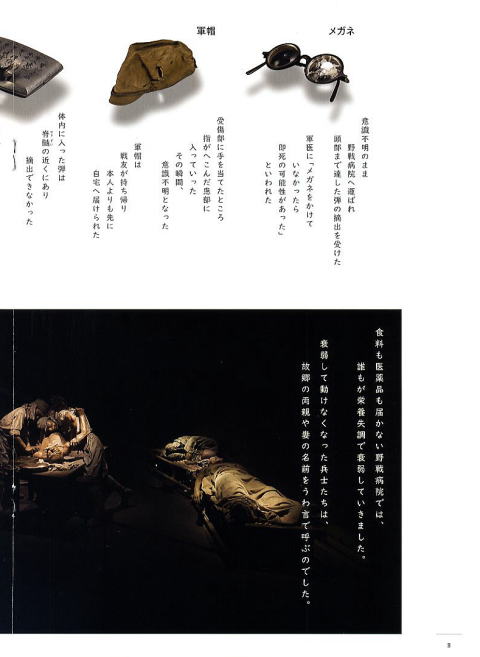
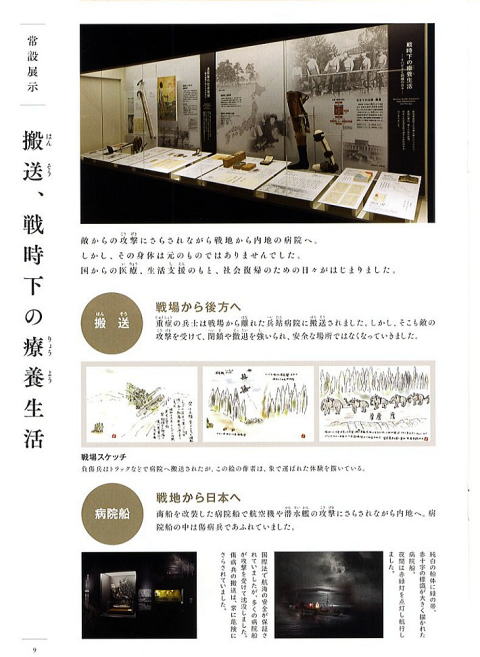
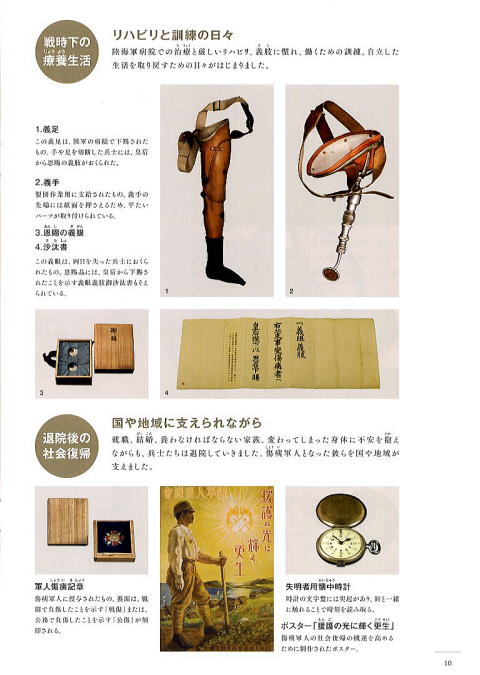

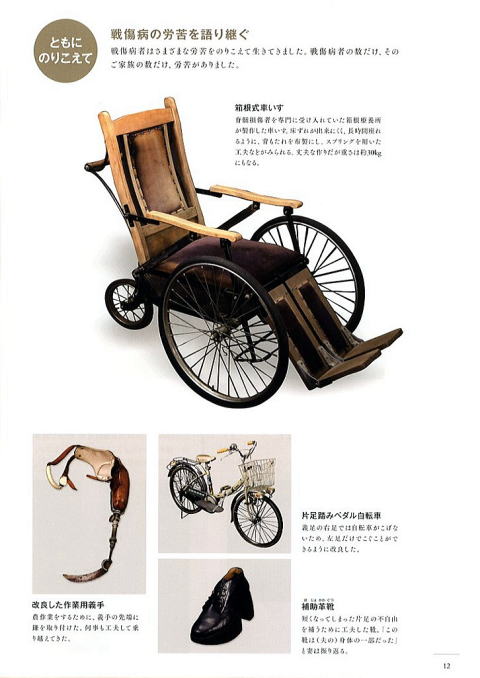
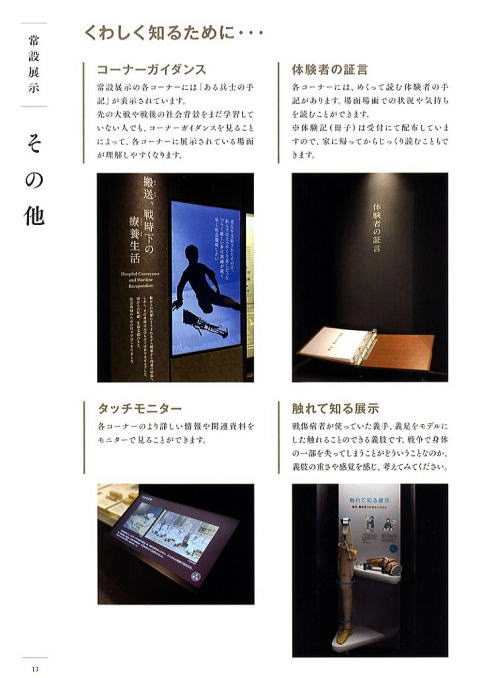
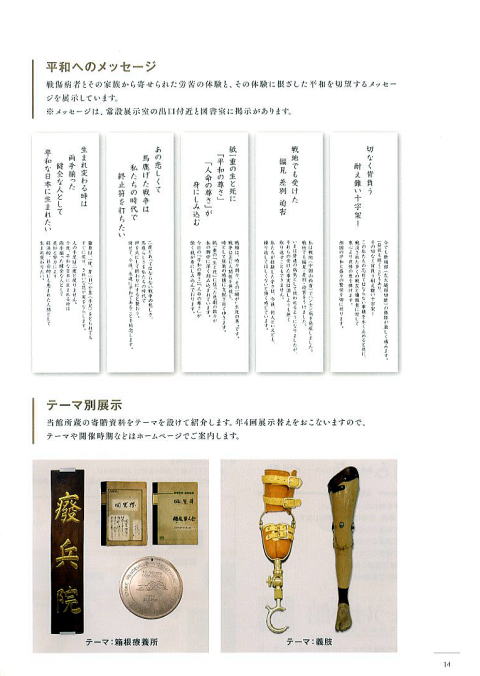
※出典:しょうけい館パンフレットより
しょうけい館 戦傷病者史料館
Shokeikan, a museum for war-wounded and sick people.
Passing on the hardships of
war-wounded and sick people and their families
A national facility that collects, preserves, and displays testimonies,
historical materials, books, and information about the various hardships
experienced by war-wounded and sick people and their families during and
after the war, with the aim of providing future generations with an opportunity
to learn about those hardships (Kudan Kita, Chiyoda Ward

